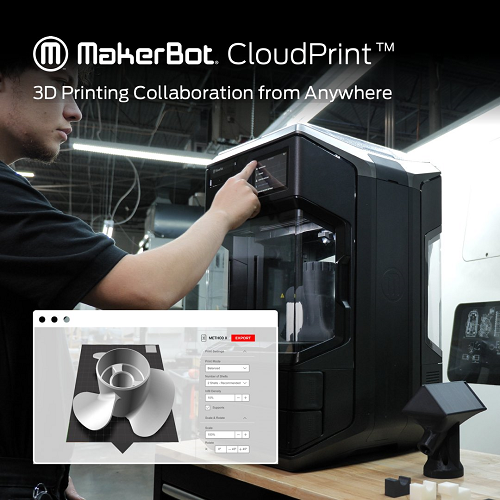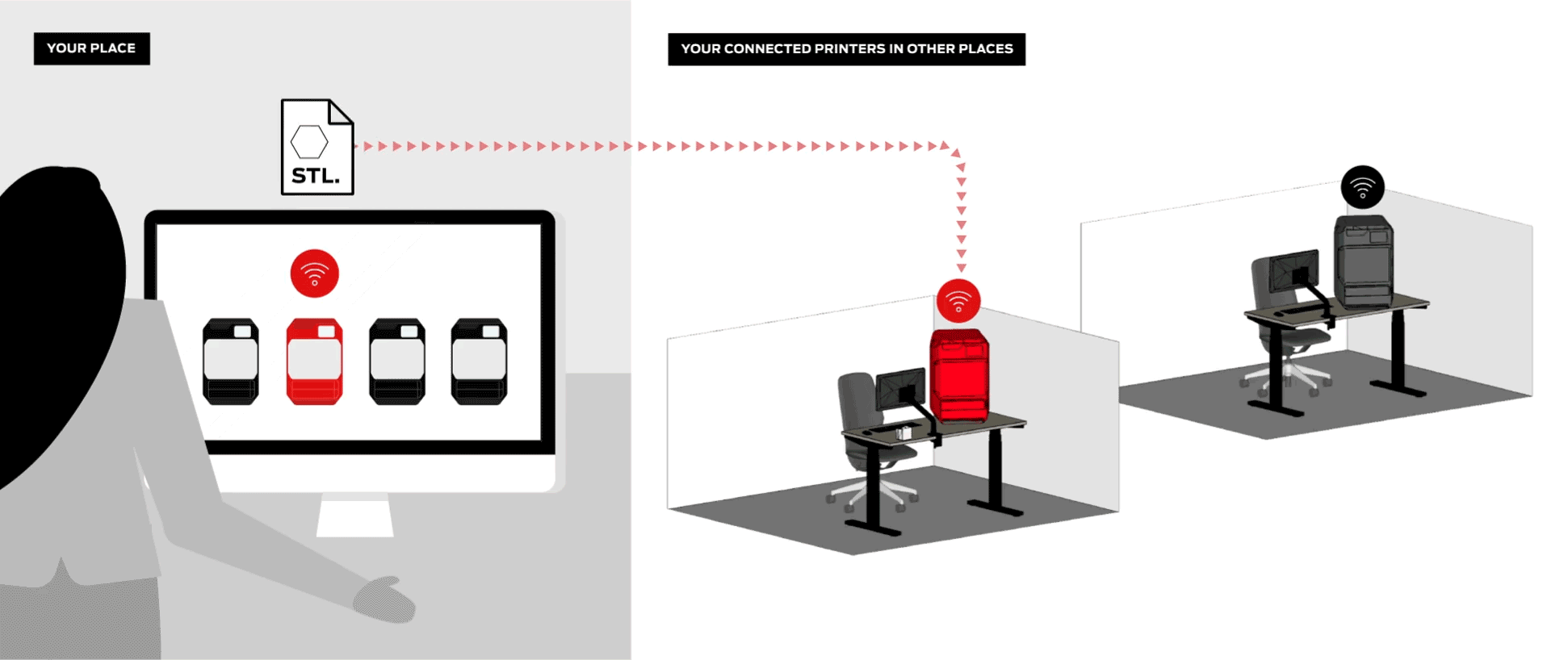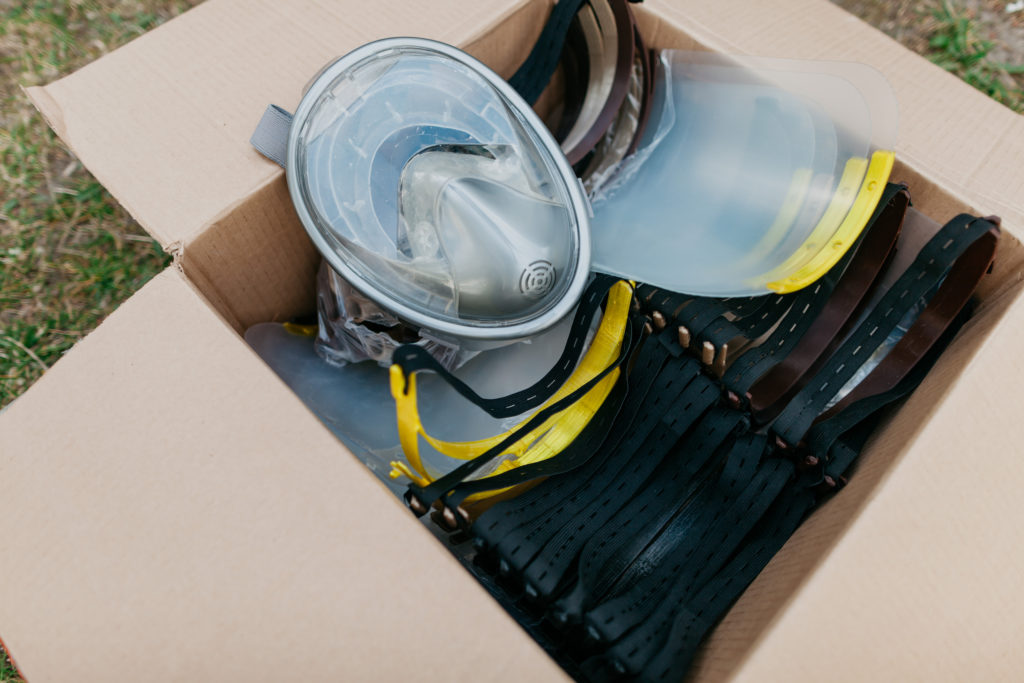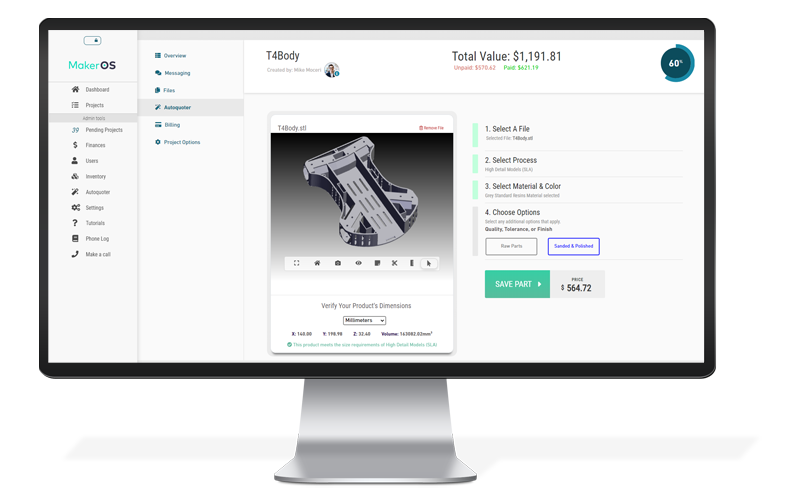Due to COVID-19, many more people are working remotely these days, which makes it imperative for employees to be able to print jobs, and manage them, remotely as well. That’s why MakerBot is launching a new workflow meant to make remote 3D printing collaboration easier. Not to be confused with Google’s CloudPrint or this open source factory, the new MakerBot CloudPrint software, formerly called MakerBot Cloud, is a next generation 3D printing platform that ensures all individuals and teams can collaboratively and seamlessly use 3D printing across multiple devices both onsite and remotely.
“We are experiencing a global phenomenon with more people working remotely than ever before. Without the right tools, this can lead to a disruption in work and, ultimately, a decrease in performance. We believe that MakerBot CloudPrint is an ideal solution for individual or team collaboration from anywhere,” stated MakerBot’s CEO Nadav Goshen. “MakerBot CloudPrint offers an all-in-one solution for users to prepare, queue, print, and manage printers. MakerBot CloudPrint aims to easily adapt to your workflow, no matter how many printers you have. This solution was built with productivity in mind, and we plan to continuously improve the fastest CAD-to-part benefits of the METHOD platform.”
By providing one centralized, cloud-based application, this new workflow software offers a faster, more advanced printing solution, and helps optimize 3D printer usage and collaboration as well. MakerBot CloudPrint marries cloud scalability with familiar software features to create a 3D printing workflow management solution that makes it easier for users to prepare, queue, print, manage, and monitor their jobs.
MakerBot CloudPrint provides users with more control, letting them reorder the queue if priorities suddenly change and share access to other connected MakerBot 3D printers. The new software solution can also reduce 3D printer downtime between projects, which helps streamline the workflow and ramp up productivity. It offers many other handy features as well, such as the ability to group printers into workspaces and shared in classrooms, production areas, or with teams. You can actually set permissions for different team betters for more access, or just create submission links so anyone can submit prints for approval.
The software solution’s full-featured print preparation view makes it easy to preview and position parts on the build plate, and allows users to slice prints right from their browser. A live camera feed allows users to add, monitor, and control access to other connected printers, as well as get live status updates on print jobs. Additionally, with the queue and print history features, it’s easy to track projects, and a dashboard offers a central place from which to view prints. You can generate reports to analyze printer performance, and optimized print modes can be used to access advanced settings, like custom and experimental print profiles, on the MakerBot METHOD platform. Finally, MakerBot CloudPrint allows users in need of more advanced print features to unlock expert METHOD settings, such as extra MakerBot LABS for METHOD user settings and all of the METHOD extruders and materials.
MakerBot CloudPrint already has one stamp of approval from NYC-based PENSA, an industrial design and invention consulting firm, uses the METHOD platform.
“Working remotely has meant a lot of changes to how we collaborate in a creative environment,” explained PENSA CEO Marco Perry. “While many digital tools have replaced face to face interactions, nothing can replace working with physical prototypes. MakerBot CloudPrint enables us to work with our 3D printers at a distance, removing one more barrier in the process.”
The software is integrated with Google products, and is also compatible with all MakerBot solutions, including the Replicator 3D printer series and SKETCH Classroom bundle. Additional MakerBot CloudPrint features include:
- multi-model support
- better slicing and preview options
- speed optimizations
- improved print performance
- new UX/UI designs
MakerBot CloudPrint: 3D Printing Collaboration Everywhere | MakerBot
In the near future, additional features, such as custom print modes and improved monitoring and queuing, will be released for MakerBot CloudPrint, which is currently available to use free of charge. This is one major difference between the solution and Ultimaker’s subscription-based Ultimaker Essentials enterprise software platform, which was just launched last month. While MakerBot CloudPrint is compatible with its SKETCH Classroom bundle, Ultimaker Essentials includes a new eLearning platform, as well as access to three courses from the recently launched Ultimaker 3D Printing Academy. Ultimaker Essentials also comes with a catalog of verified plugins meant to improve the 3D printing workflow, while MakerBot CloudPrint appears to accomplish the same without the use of plugins. Test it out and see for yourself!
(Images courtesy of MakerBot)
The post MakerBot CloudPrint Software Makes Remote, Collaborative 3D Printing Seamless appeared first on 3DPrint.com | The Voice of 3D Printing / Additive Manufacturing.







